7 Poinsettia Care Mistakes: Experts Explain Why Poinsettias Die, And How To Prevent It
Poinsettias are such a cheery symbol of the holiday season, but too often these houseplants don’t outlast Christmas. Avoid these mistakes.


Amy Draiss
Poinsettias are such a cheery symbol of the holiday season. However, all too often these festive houseplants don’t outlast Christmas and are thrown away once the colorful bracts have faded.
Good poinsettia care is key to their survival, but the plants have specific needs that must be met to ensure they thrive. Post-holiday plant care is also important for the plants to have longevity.
Avoid these common poinsettia care mistakes, and your plant will live on to see another Christmas.
1. Taking it outside
Poinsettias are very sensitive to cold drafts, so don’t buy one from an outside stall, and don’t leave it outside when you get home – not even in a sheltered porch.
‘You should also do your best to get your new poinsettia home from the store quickly, as they really don't like being exposed to the cold for any length of time,’ says Naomi Robinson, founder of Houseplant Authority.
‘Otherwise, you may see it start to lose leaves a few days after it gets home.’
If you have left your poinsettia outside or in the car for too long, then trim off any damaged leaves, and position it in a warm, draft-free spot. Leaves may fall off, but with proper care the plant may still survive.
Gardening tips, videos, info and more delivered right to your inbox!
Sign up for the Gardening Know How newsletter today and receive a free copy of our e-book "How to Grow Delicious Tomatoes".
2. Leaving it in the plastic sleeve
Poinsettias are often sold with their pots wrapped in attractive patterned sleeves. However, Jim Faust, Ph.D., associate professor of floriculture physiology at Clemson University, warns that this could harm the plant by letting it sit in too much water:
‘Do not leave the plant in the plastic sleeve – remove it straight away upon arriving home, and place the pot on a saucer to capture any water that may spill out the bottom when you water it.’
If saving the poinsettia to give it as a gift, punch a hole in the bottom of the plastic and use a saucer that should be emptied after watering.
3. Getting the room temperature wrong
Mexico natives, poinsettias like the warmth – but struggle when it's too hot. They thrive in a temperature of between 50-75°F (10-24ºC).
‘Being near a hot appliance will overheat a poinsettia, and conversely, a cold, drafty windowsill that gets below 50°F (10°C) will cause wilt and eventual death too. A steady warm temperature is best,’ says Clive Harris, creator of DIY Garden.
Avoid positioning your plant where temperatures will fluctuate a lot, and keep it away from drafts.
4. Not getting the light levels right
Poinsettias are notoriously picky when it comes to light levels. Too dark and they won’t thrive; too bright and they will burn.
‘Keep the plant in a spot that receives bright light for about six hours a day, but make sure you keep it away from direct sunlight, heat and drafts,’ says Clive.
In the winter, you should be able to keep your poinsettia close to a window, but during the summer months you will need to move it away so that it receives indirect light.
5. Overwatering your poinsettia

Watering poinsettia plants is a delicate balance – not too little, not too much. They don’t actually need a lot of water to thrive, and overwatering can lead to root rot.
‘A sign of this is if the leaves start to turn yellow or even drop off – this is usually an indicator of overwatering,’ says Naomi Robinson.
‘Instead, keep an eye on your poinsettia and only water it when the soil is clearly dry. This could ultimately be every day, especially if your poinsettia is sitting near a radiator, but may be up to every three days when it's placed elsewhere.’
To test when your poinsettia needs watering, push your finger down into the potting soil and see if it feels dry. When watering, it’s important to allow the water to drain through so the roots don’t sit in too much water.
6. Letting the soil dry out
In an effort not to overwater your poinsettia, don’t make the mistake of forgetting to water it at all. If the leaves have begin to wilt and drop off, this is a sure sign that you have not given your poinsettia enough water.
You should be able to save it with a good water, and letting it drain through. But avoid repeating the mistake too often.
7. Fertilizing at the wrong time
Fertilizing poinsettias is an important part of their care, but timing is crucial.
‘Poinsettias actually need fertilizer in spring when they put on growth, not during winter,’ says Clive Harris. 'Don’t fertilize your poinsettia in winter because you’re likely to kill it.’
Adding liquid fertilizer monthly during the late spring through summer, and you may be able to make the poinsettia flower again next year.
Explore More Festive Holiday Plants
- Poinsettias didn't make it this year? Try one of these easy-to-grow Christmas flowers other than poinsettias.
- If you're having problems with your live Christmas tree, too, we have the solutions. Find out how to fix your tree fast.
- Fill your home with holiday cheer! Check out our favorite holly jolly plants for Christmas decorations.
- Explore unique holiday evergreens that will instantly elevate your indoor and outdoor decor this season.
- Find more winter plants for seasonal interest in the Gardening Know How Shop.
This article features products available from third party vendors on the Gardening Know How Shop.

Melanie is an experienced gardener and has worked in homes and gardens media for over 20 years. She previously served as Editor on Period Living magazine, and worked for Homes & Gardens, Gardening Etc, Real Homes, and Homebuilding & Renovating. Melanie has spent the last few years transforming her own garden, which is constantly evolving as a work in progress. She is also a passionate organic home grower, having experimented with almost every type of vegetable at some point. In her home, Melanie tends to an extensive houseplant collection and is particularly fond of orchids.
- Amy DraissDigital Community Manager
-
 Moody Blooms For Spring: 8 Types Of Black Flowers To Add Drama To Spring Displays
Moody Blooms For Spring: 8 Types Of Black Flowers To Add Drama To Spring DisplaysFrom midnight burgundies to inky violets, several types of black flowers can enrich and embolden a spring display. Try these brooding bloomers for a moody garden
By Tonya Barnett
-
 My Homemade Orchid Fertilizer Always Brings More Blooms – Here's The Easy Recipe That Transforms Plants
My Homemade Orchid Fertilizer Always Brings More Blooms – Here's The Easy Recipe That Transforms PlantsScientist-turned-gardener Mary Ellen Ellis shares her tried-and-tested DIY orchid fertilizer recipe, plus more ingredients to try for healthy, happy plants.
By Mary Ellen Ellis
-
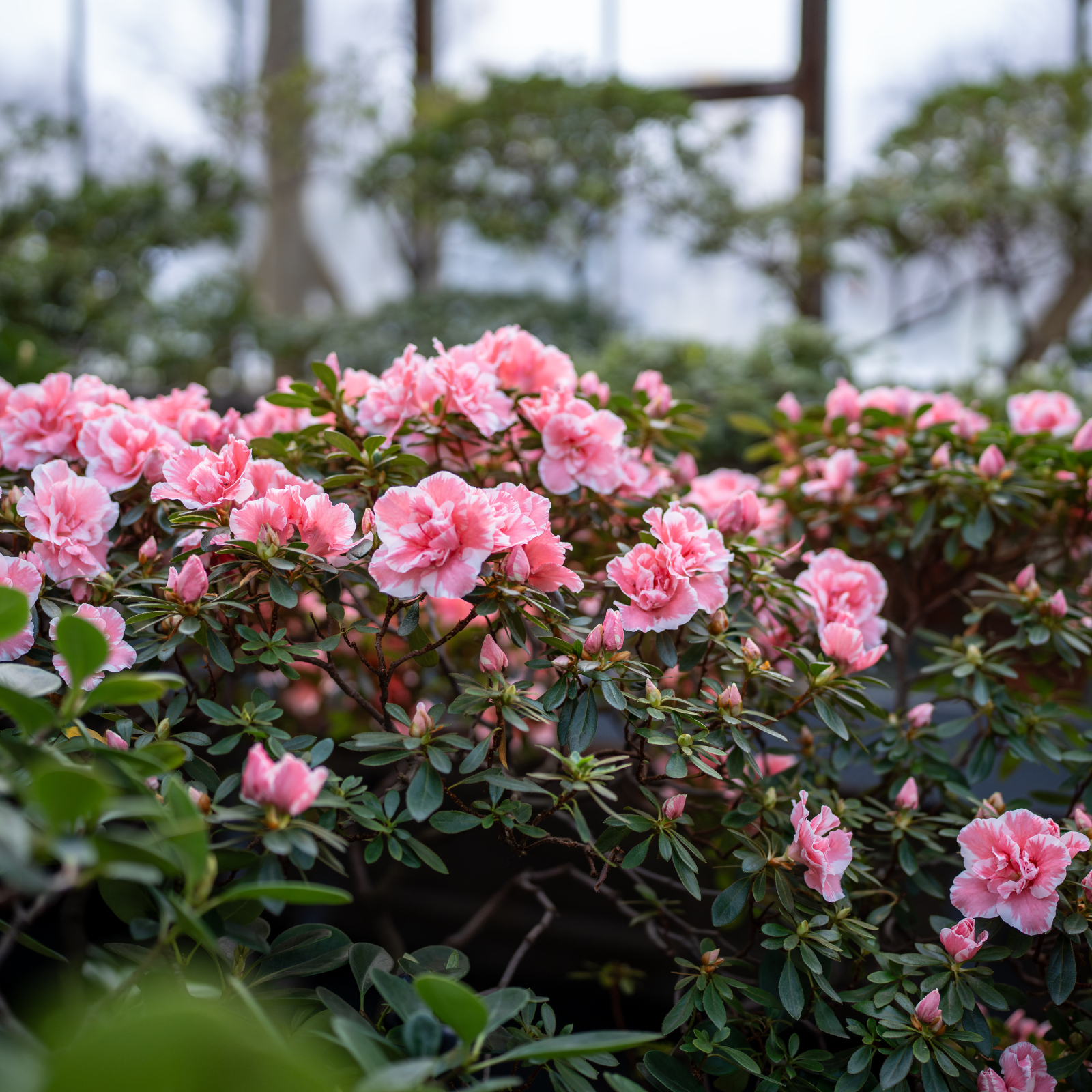 What Is The Size Of An Azalea? Explore Different Varieties That Will Suit Every Garden
What Is The Size Of An Azalea? Explore Different Varieties That Will Suit Every GardenThe size of azaleas can vary widely because they have been selectively bred for different landscape needs. Check out our picks for each size category.
By Mary Ellen Ellis
-
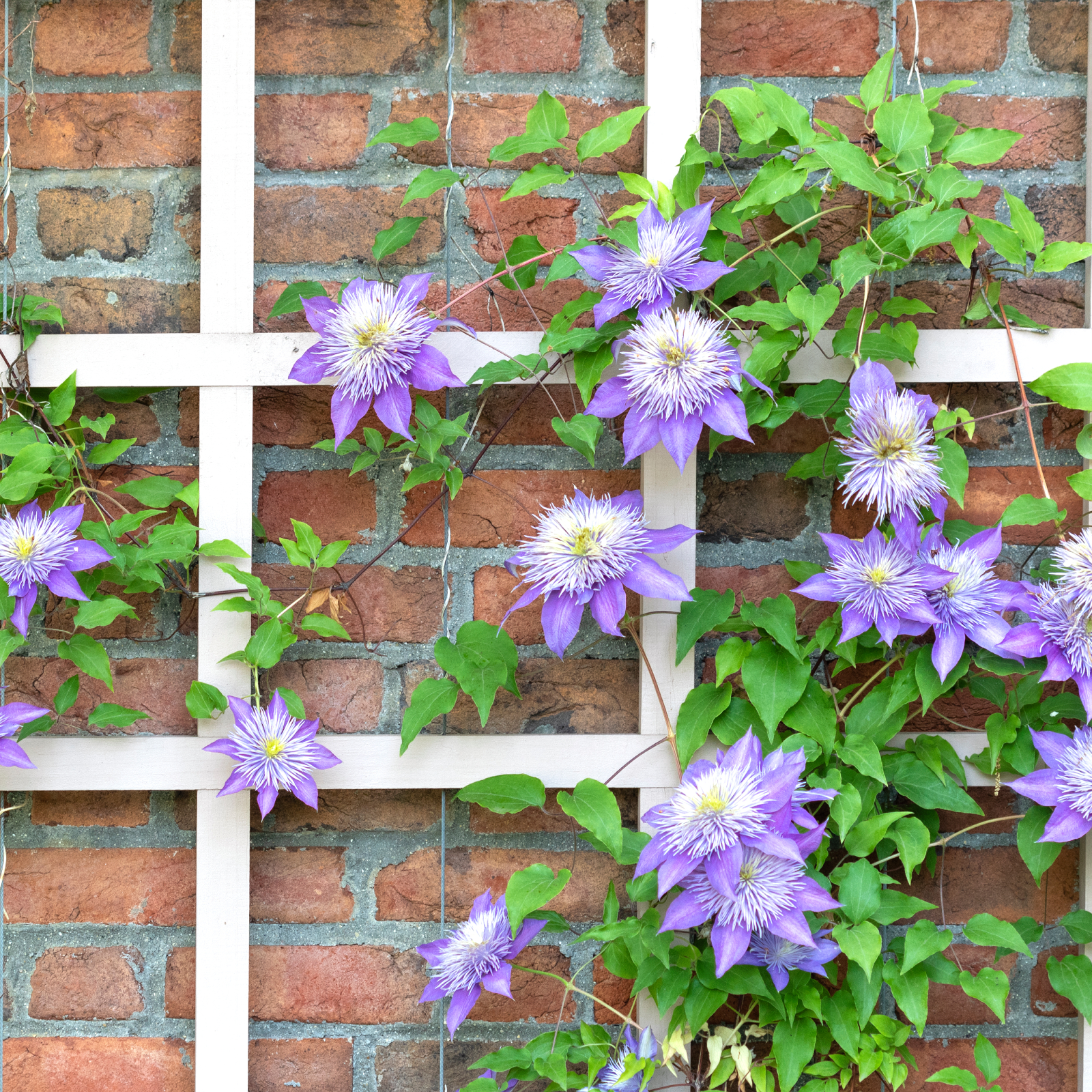 5 Fabulous Fast-Growing Vines – That Will Quickly Climb Any Arbor, Trellis, Or Fence
5 Fabulous Fast-Growing Vines – That Will Quickly Climb Any Arbor, Trellis, Or FenceThese fast growing vines are perfect for covering any eyesores in your yard or creating a living fence. They will provide great visual interest, as well.
By Amy Grant
-
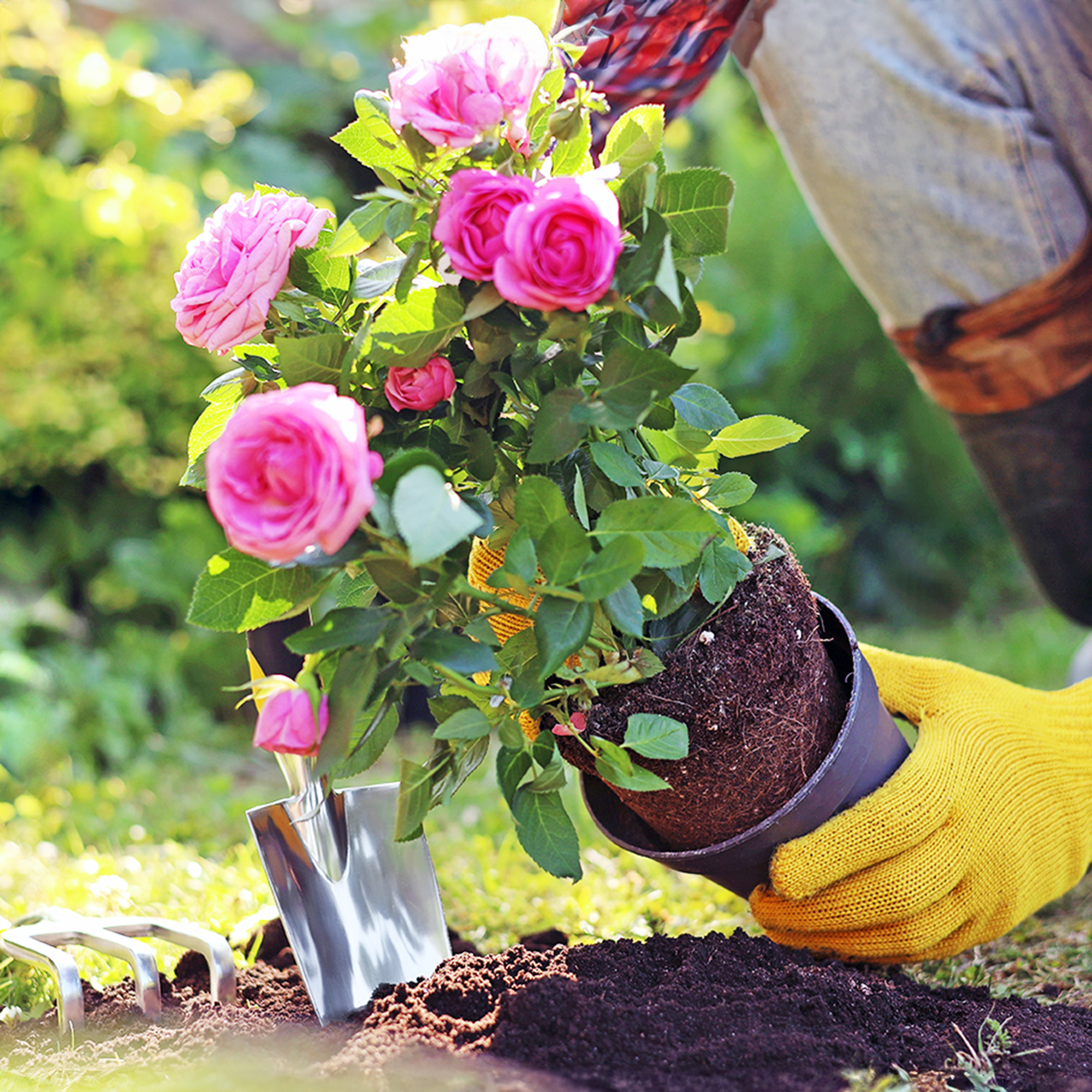 When To Plant Roses: The Best Time For Your Climate And Rose Type
When To Plant Roses: The Best Time For Your Climate And Rose TypePlant your roses at the right time and you will be rewarded with decades of glorious summer flowers – but get it wrong and you'll be crying over dead shrubs.
By Teo Spengler
-
 Spectacular Early Blooming Shrubs: 6 Sparkling Spring Flowering Bushes
Spectacular Early Blooming Shrubs: 6 Sparkling Spring Flowering BushesWant to kickstart your gardening year with dazzling spring flowering bushes for beds and borders? These unique early bloomers are sure to help you rise and shine!
By Teo Spengler
-
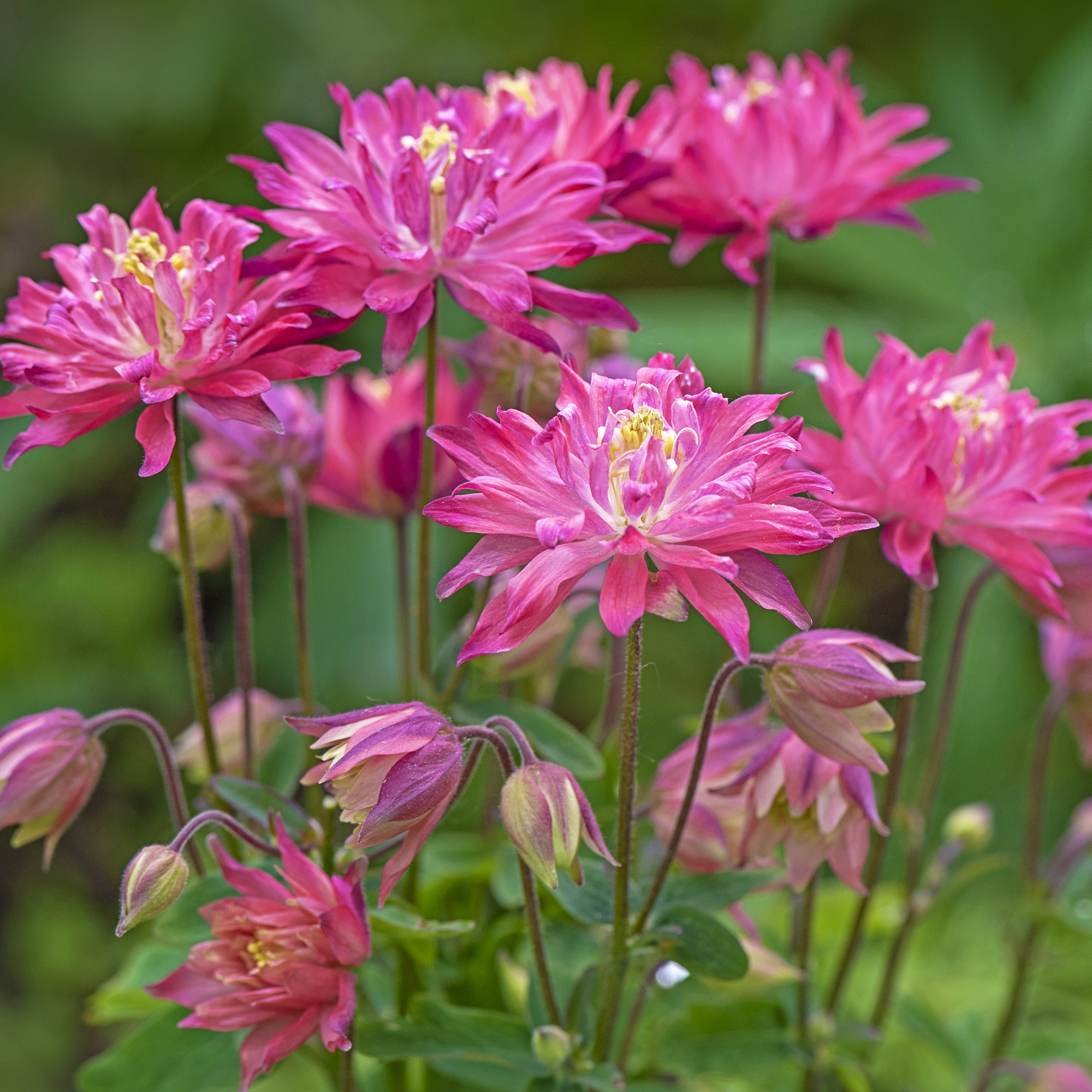 7 Shade-Loving Flowers To Start From Seed Now For A Stunning Summer Garden
7 Shade-Loving Flowers To Start From Seed Now For A Stunning Summer GardenTurn shady spots into vibrant new garden spaces with lovely and illuminating shade-loving flowers.
By Ellen Wells
-
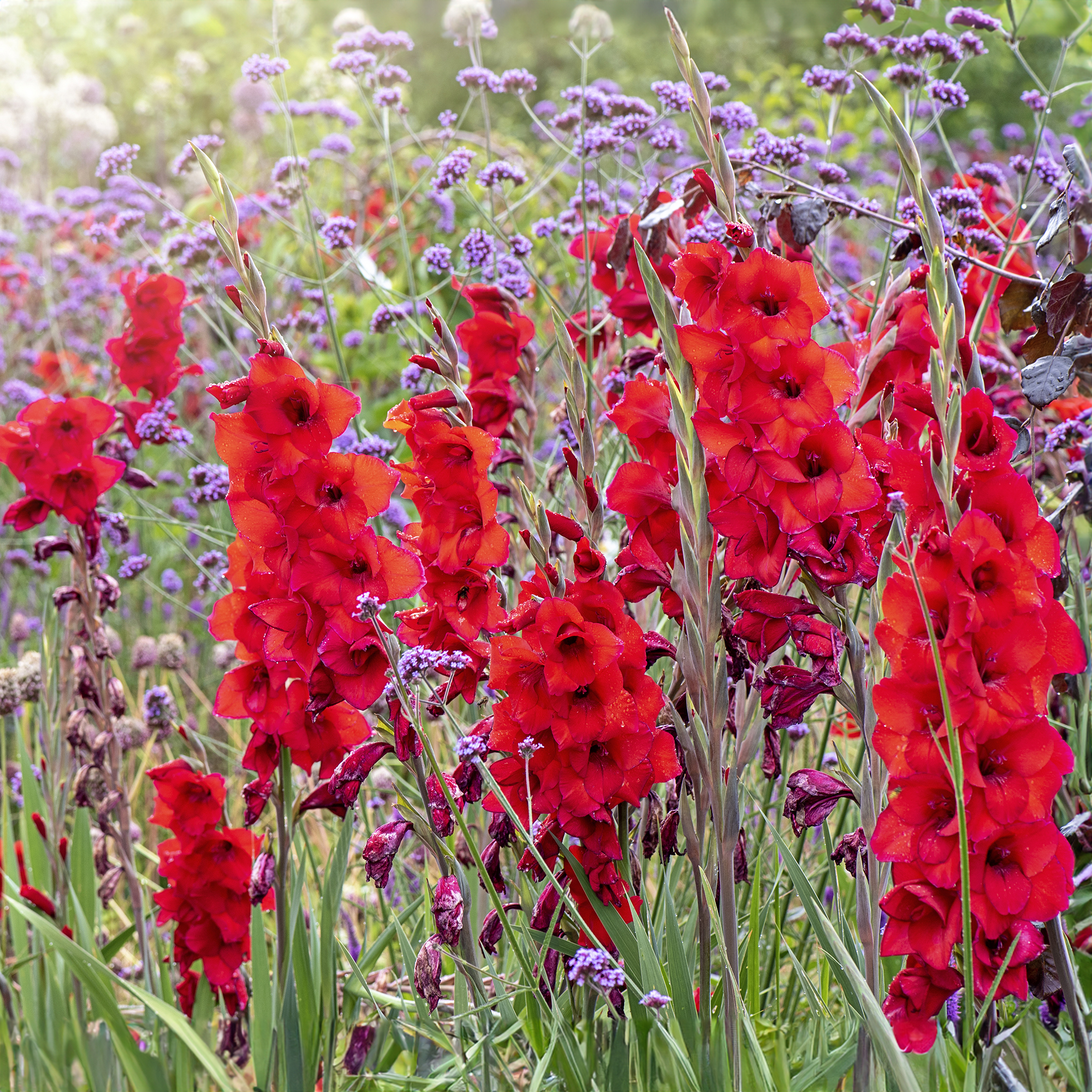 7 Summer-Blooming Bulbs To Plant In Early Spring: Don't Miss Months Of Glorious Flowers!
7 Summer-Blooming Bulbs To Plant In Early Spring: Don't Miss Months Of Glorious Flowers!Get a head start on stunning summer blooms with these easy-to-plant bulbs – act early and you will enjoy vibrant flowers that last for months on end.
By Mary Ellen Ellis
-
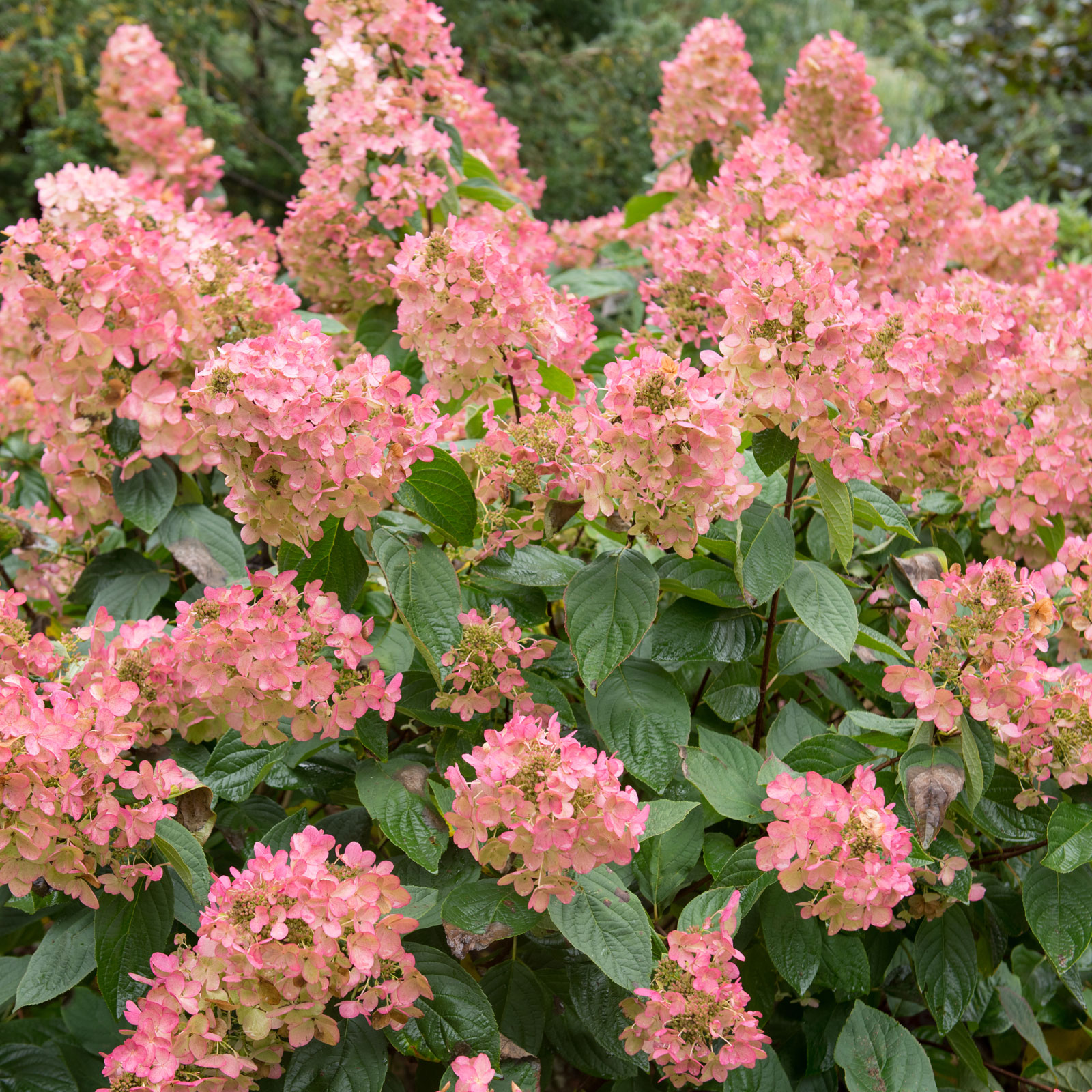 Quick Fire Hydrangea – The Elegant, Easy-Care Shrub Every Gardener Needs In Their Landscape
Quick Fire Hydrangea – The Elegant, Easy-Care Shrub Every Gardener Needs In Their LandscapeIf you’re after an early flowering panicle hydrangea that offers plenty of floral variety, the Quick Fire hydrangea goes big on visual dynamics from early summer to fall
By Tonya Barnett
-
 8 Rare Orchids That Make Stunning Houseplants – Some Are Surprisingly Easy To Grow
8 Rare Orchids That Make Stunning Houseplants – Some Are Surprisingly Easy To GrowDiscover unique orchids that will add exotic beauty to your home. Some make easygoing houseplants, while others offer a challenge for more seasoned growers.
By Melanie Griffiths